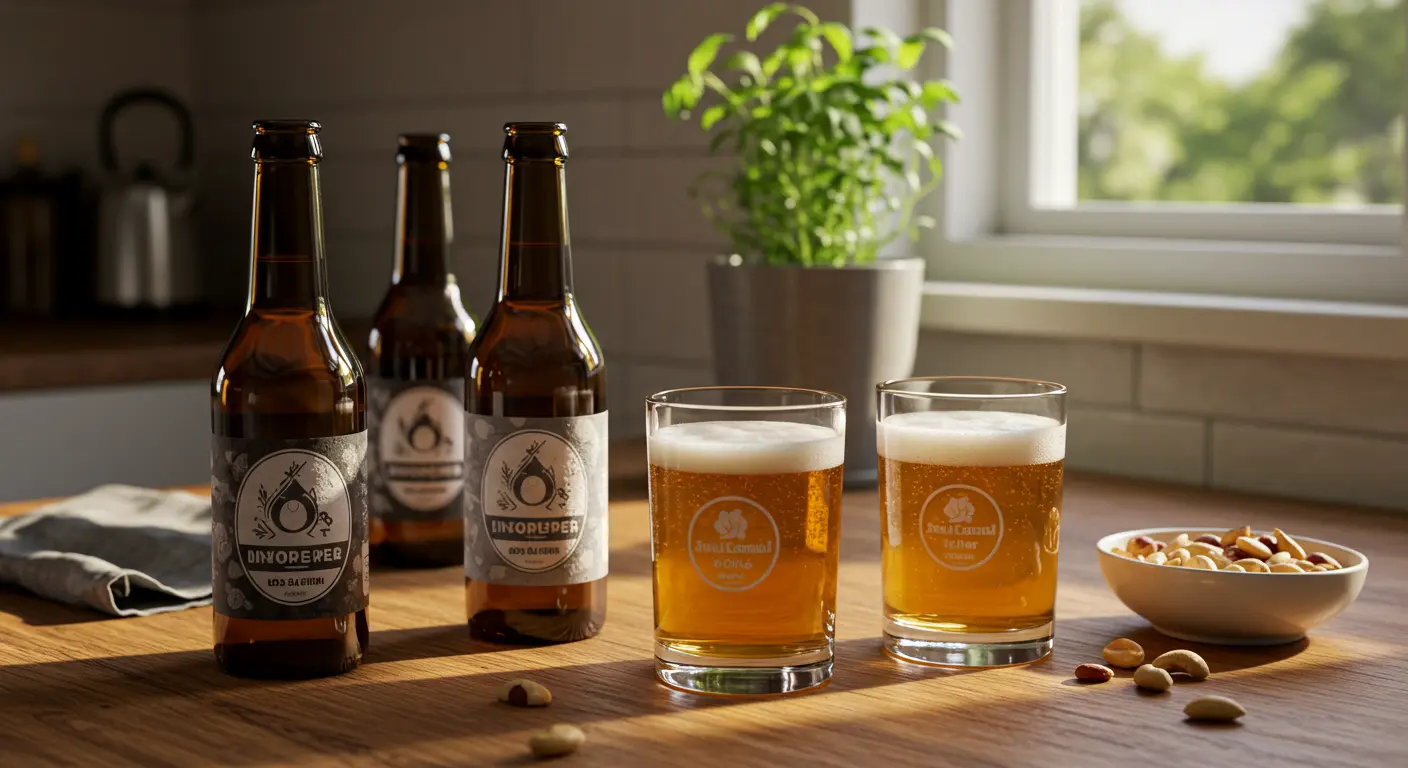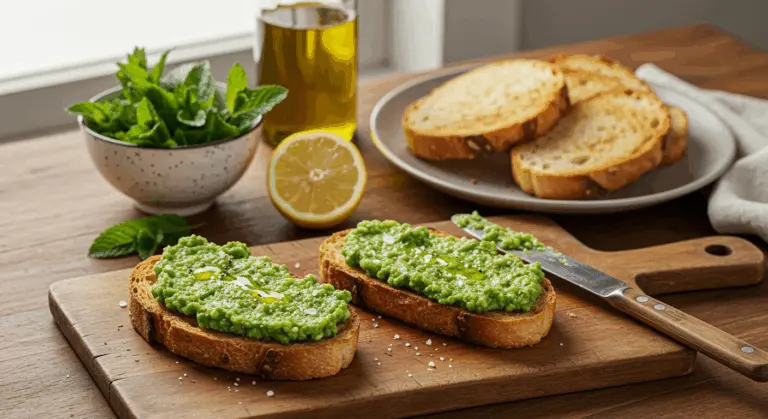What Does Non-Alcoholic Beer Taste Like? A Comprehensive Guide

Understanding Non-Alcoholic Beer – What It Is
Non-alcoholic beer (often abbreviated as NA or Normal) is a beverage designed to replicate traditional beer’s taste and appearance while maintaining minimal alcohol content. These beverages typically contain less than 0.5% alcohol by volume (ABV)—a trace amount considered non-intoxicating. This is comparable to the alcohol naturally present in naturally occurring in ripe bananas or freshly baked bread.
The brewing journey begins identically to regular beer, using water, malted barley, hops, and yeast. The key difference lies in how brewers manage alcohol content:
-
Vacuum Distillation: Alcohol is gently removed at low temperatures to preserve flavor.
-
Reverse Osmosis: The beer is filtered to separate alcohol from flavor compounds, which are added back later.
-
Arrested Fermentation: The brewing process is stopped early to prevent yeast from producing significant alcohol.
Non-alcoholic beers often gravitate toward lighter styles like pilsners. Why? The absence of alcohol—a crucial flavor carrier and mouthfeel contributor—makes replicating complex profiles of stouts, IPAs, or amber ales particularly challenging. Brewers are working to overcome these challenges through ongoing innovation.
Flavor Profiles of Non-Alcoholic Beers – What to Expect
While light and crisp lagers dominated the early landscape, the range of available flavors has expanded dramatically. Modern NA beers now showcase intricate profiles—think bright citrus notes, delicate honey undertones, or even the rich essence of roasted coffee and dark chocolate in bolder varieties.
Superior ingredients and refined brewing techniques have changed everything. Today’s craft NA beers deliver sophisticated fruity, floral, or spicy nuances that establish them as genuinely enjoyable beverages—not mere substitutes, but worthy drinks in their own right.
Popular Non-Alcoholic Beer Brands – A Taste Overview
Perón 0.0 has earned its reputation through authenticity. It delivers a light, smooth experience with subtle happy notes that remarkably echo the original’s character.
Weihenstephaner 0.5 takes a different approach entirely. This German-style offering presents pronounced happy characteristics paired with a distinctive sour finish—a combination that particularly resonates with discerning beer enthusiasts.
Athletic Brewing has transformed the craft NA landscape. Their secret? Brewing specifically for non-alcoholic results from day one, skillfully avoiding the hollow flavors that plague many alcoholized alternatives. Their impressive range—spanning IPAs to rich stouts—demonstrates that NA beer can confidently embrace the full spectrum of beer styles.
Health Benefits of Non-Alcoholic Beer – Is It Good for You?
The primary health benefit is calorie reduction. Most NA beers clock in at just 50–80 calories per serving—compared to the 150–200 calories found in regular beer. This makes them an appealing choice for health-conscious consumers.
Beyond calories, non-alcoholic beer delivers surprising nutritional value:
-
It is typically cholesterol-free.
-
It contains beneficial antioxidants (polyphenols) from hops, which can help protect cells.
-
It retains some B vitamins and minerals from its core ingredients.
The high water content also makes NA beer significantly more hydrating than alcoholic versions, which act as diuretics. This is especially helpful after physical activity. Still, moderation remains wise—these beverages do contain calories and occasionally added sugars.
Consumer Perception of Non-Alcoholic Beer – What Do People Think?
Consumer perception has changed significantly. What was once dismissed as watery and flavorless has evolved dramatically. Improved brewing techniques now position NA beer as a genuinely satisfying alternative to traditional beer—not just a compromise.
Yet opinions remain polarized, particularly in the U.S. market. Critics frequently point to off-flavors or insufficient complexity in certain domestic options. This highlights the real technical difficulties of NA production.
A distinct quality divide has emerged: premium imports and innovative craft brands like Athletic Brewing consistently earn superior reviews compared to mass-market alternatives. This shows the strong connection between perception and production quality. As more craft brewers enter the arena with fresh innovations, acceptance of NA beer on its own merits continues growing.
Blind Taste Tests – Can You Tell the Difference?
Blind taste tests consistently deliver surprising results. Strip away preconceptions, and premium NA beers like Perón 0.0 and Athletic Brewing’s offerings perform so impressively that many participants struggle to distinguish them from alcoholic counterparts. This demonstrates quality advancement.
The most successful NA beers in these evaluations share common traits: exceptional ingredients and innovative production methods that preserve beer’s essential character. Even so, subtle differences in body and finish may emerge during direct side-by-side comparisons with alcoholic versions.
These tests reveal an interesting psychological effect: expectation profoundly shapes perception. Tasters aware they’re sampling NA beer instinctively focus on perceived shortcomings. In truly blind conditions, however, they judge purely on merit. As brewing technology advances, distinguishing lighter styles becomes increasingly difficult—evidence of how far the industry has come.






